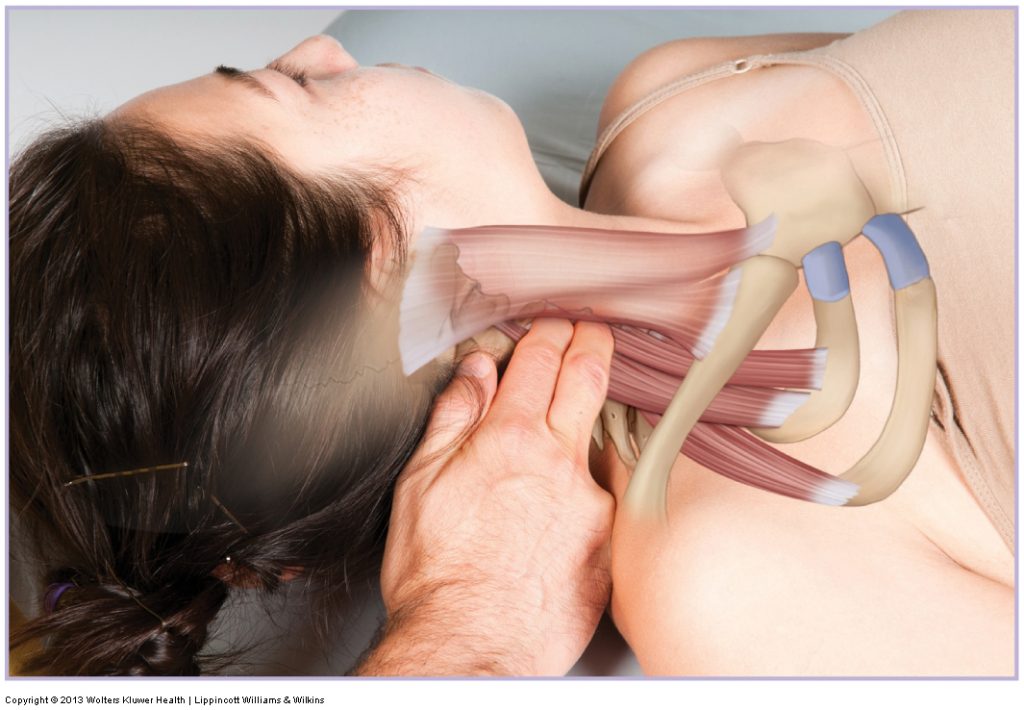 Massage and Manual Therapy Certification
Massage and Manual Therapy Certification
- Certainly, a chiropractic physician (Doctor of Chiropractic/DC) is already a manual therapist. With four years of chiropractic education, DCs receive a great deal of education in hands-on manual therapy skills.
- But, most of the focus of the manual therapy education curriculum at chiropractic school is centered on joint manipulation (Grade V joint mobilization).
- The importance of soft tissue manipulation, in other words, therapeutic massage and stretching, are often relegated to a distant second place, and treated as “poor stepchildren.”
- Certainly, this varies from school to school, with some schools placing more of an emphasis on the importance of the peri-articular (extra-articular) soft tissues than others.
- As a general rule, “mixer chiropractic” schools (those more inclusive of the importance of other manual therapy skills other than the spinal manipulation) tend to emphasize the importance of therapeutic massage and stretching more than “straight chiropractic” schools (those more focused on the importance of the spinal manipulation).
- However, even DC graduates of “mixer” schools often have a limited exposure to the wide variety of soft tissue manipulation skills that exist. And for those DCs that do practice therapeutic massage, the application of the therapy is often a bit heavy-handed and/or pokey.
- None of this preface is meant to insult or demean the skills of any particular chiropractic physician. Nor is it meant to diminish the importance of spinal manipulation.
- Each manual therapy profession has its strengths and weaknesses. DCs are masters at joint manipulation, especially spinal manipulation.
- But when there is a strength, there is often a corresponding weakness.
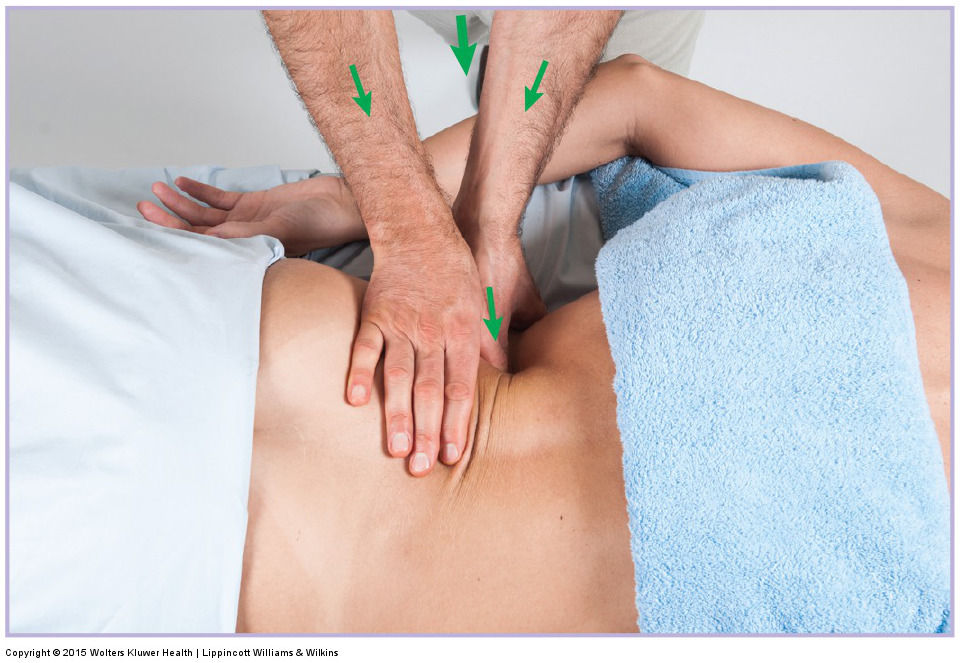
- The aim of this article is to balance out the importance of articular joint manipulation with extra-articular soft tissue manipulation, therapeutic massage and stretching, and to make a case for the importance of improving the base of education that chiropractic physicians have with massage and stretching by considering pursuing a continuing education Certification in Manual Therapy.
- As with all professions, graduation from school, in this case chiropractic school, might best be considered a start for the acquisition of our hands-on manual therapy skills, not a finish.
Chicken AND the Egg
- There is a beautiful chemistry that exists between joint manipulation and therapeutic massage and stretching.
- If we say that a chiropractic manipulation/adjustment increases the mobility of the joint by stretching/loosening the intrinsic tissues of a joint, then the other half of this equation would be to loosen the extrinsic (extra-articular) tissues of the joint.
- Here is where the value of a DC adding in therapeutic massage and stretching to their sessions comes in. One is the chicken; the other two are the egg. Both are equally valuable toward maintaining joint mobility, and therefore health.
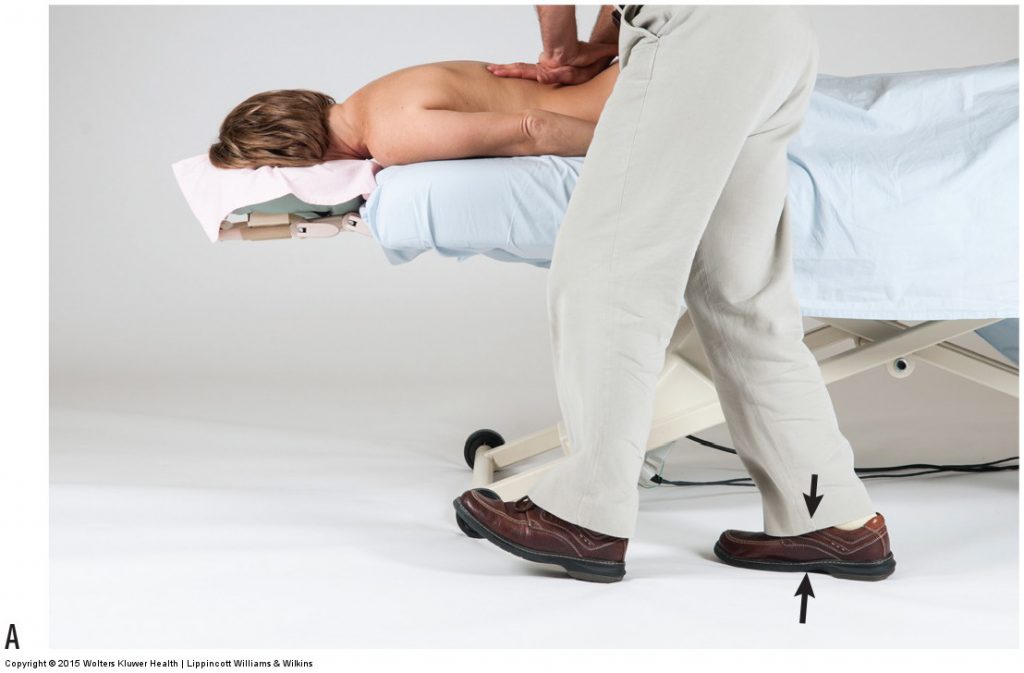
Bone Out of Place? Misaligned?
- Some DCs speak in the parlance of a patient’s bone being “out of place” or “misaligned.” The DC then adjusts the joint and the assumption must be that the bone is now “back in place” or “realigned.”
- But if that is the case, the question must be: Why does the patient need to come back, especially multiple times? After all, if the bone is “back in place/realigned,” what made it go back “out of place” again, or become “misaligned” again?
- A further question might be: If a patient who has never had a physical trauma presents with a bone out of place / misaligned, why did the bone go “out of place” in the first place? Bones are passive elements. They cannot move themselves. Some force must move them.
Joint Dysfunction… a better Nomenclature?
- Perhaps a better terminology exists to describe the patient’s need for a chiropractic manipulation. After all, the bone is not really out of place. Rather it is stuck within its range of motion. Perhaps it is not symmetrically centered; in this regard, we could say that is misaligned. But even here, whether we use “out of place” or “misaligned,” these terms are static in concept. More of the problem is that it is “stuck.”
- The true function of a joint is to move. And a case could be made that the problem is not so much static misalignment but rather dynamic loss of motion.
- In this nomenclature, we would say that the joint is dysfunctional. The problem is one of being a joint dysfunction, specifically a hypomobile joint dysfunction (note: a joint dysfunction can also be a hypermobility).
- In this conceptual model, the principal purpose of a chiropractic joint manipulation is to restore motion, not change the position of bones.
- Of course, there is a static element as well as a dynamic motion element to this argument. If there were a static misalignment, then restoring full motion of the joint by loosening all myofascial soft tissues would likely result in the bones of the joint sitting in symmetrical alignment.
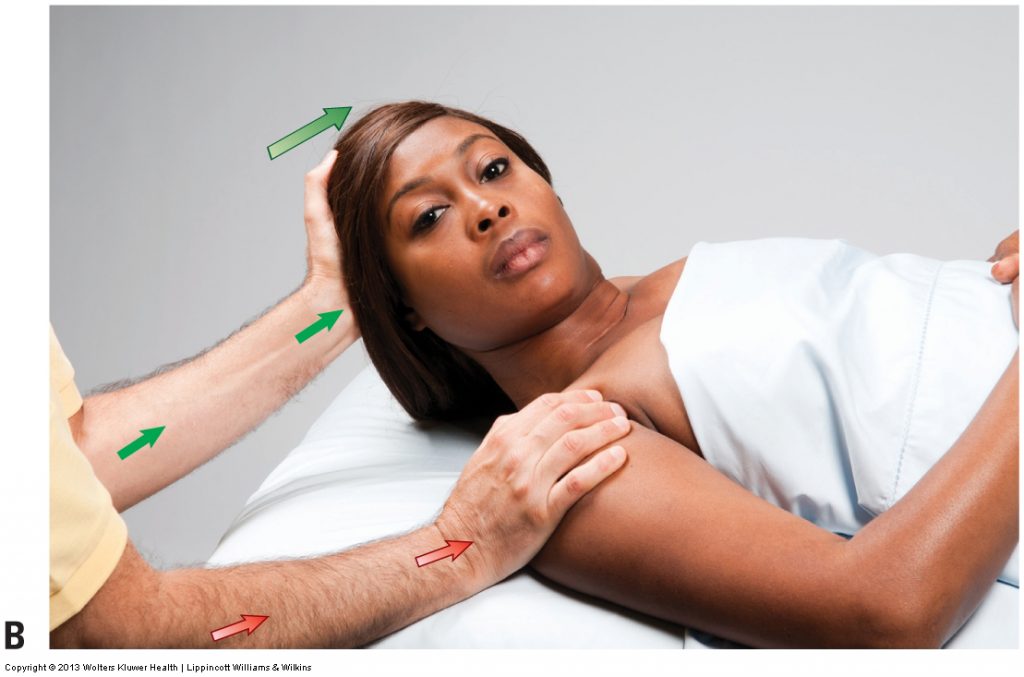
What Forces move Bones?
- Returning to the question of what forces move bones, we can look at the forces as coming from external to the body or internal within the body.
- The most common example of an external force would be gravity.
- Most internal forces come from active muscle contraction pulls, or perhaps passive fascial pulls (both intrinsic fascial tissues such as the fibrous joint capsule and the ligaments of the joint, as well as extrinsic fascial tissues, especially the myofascial tissues), in other words, force from myofascial tissue.
- (Note: fascial pulls may be due to contracted/shortened fascial tissue, fascial adhesions, and also fascial contraction.)
- The most common force acting on bones is active muscle contraction force, specifically baseline muscle tone, in other words, the tone of the muscle when it is at rest.
- We can look at a joint as having opposing agonist/antagonist pairs of musculature on each side of a joint in any specific plane (e.g., sagittal, frontal, transverse, or oblique).
- These opposing forces should be balanced, pulling equally in each direction. In the static conceptual model, the bones of the joint should be sitting in alignment; in the dynamic conceptual model, the motion should be full and equal in both directions.
- (Note: It should be added that muscles can be tight on both sides of the joint and restrict motion of the joint in both directions in that plane, regardless of the alignment/misalignment of the static positioning of the bones of the joint.)
- However, when the baseline muscle tone of competing agonist/antagonist muscle groups is unequal, an asymmetry would result statically and a loss of range of motion (hypomobility) would result dynamically.
- Here is where manual therapy therapeutic massage and stretching can be so valuable to the chiropractic session. By adjusting the joint, the intrinsic fascial tissue (and muscular tissue if there is intrinsic muscle tissue present; for example rotatores, intertransversarii, and interspinales of the spine that cross only that specific joint) of the joint is mobilized. But the extrinsic myofascial pulls are not necessarily released.
- There are DCs that assert that adjusting a joint will release hypertonicity of the muscle tissue around the joint, and there are cases when that will be true, especially if the musculature is tightening in an effort to protect the joint. But not all muscle hypertonicity follows from joint dysfunction. This can be easily proven by palpating musculature around a joint right after an adjustment and noting that it is not all suddenly fully relaxed.
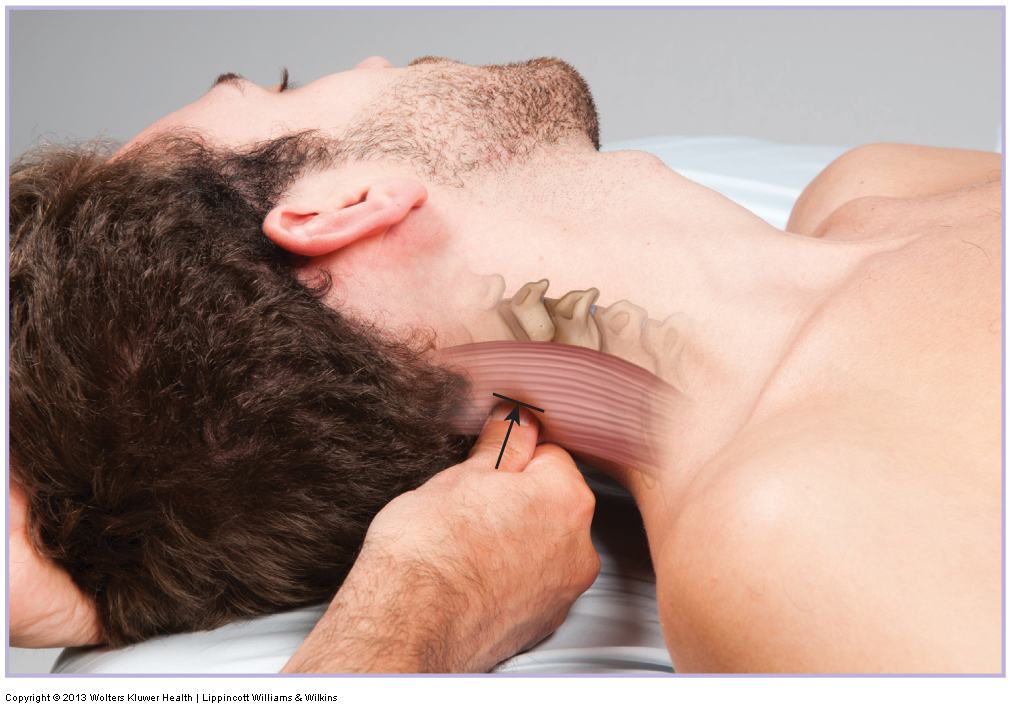
- So now the value of adding in therapeutic massage and stretching should be clear. Therapeutic massage and stretching help release the tight/taut extrinsic myofascial tissue, both the increased muscle contractile tone as well as the fascial tautness.
- Performing joint manipulation and soft tissue manipulation address both the chicken AND the egg. The advantage from the chiropractic perspective is that the joint manipulation/adjustment is more likely to hold. Viewed more widely, given that much of the patient’s pain and dysfunction is likely coming from the extrinsic myofascial tissue, the patient is likely to become healthier more quickly and remain healthier longer.
So… Why should a Chiropractor consider getting a Manual Therapy Certification?
- I believe that the foregoing discussion points to the major reason why a DC should consider pursuing a Continuing Education (CE) Certification in Manual Therapy. That is, to improve their skills at treating the extrinsic myofascial tissues of the body. This skillset improves the efficacy of care when performed in conjunction with the chiropractic manipulation. And in patients who cannot or choose to not be adjusted, having a greater facility at working extrinsic myofascial tissue offers alternative care.
- Is there another reason? Yes. Earning a CE Certification it gives you the distinction of having an advanced Certification credential that will help to distinguish you from the other 77,000 chiropractors (https://www.acatoday.org/Patients/Why-Choose-Chiropractic/Key-Facts) that are out there (in the US). It also helps to distinguish you from all other therapists and physicians that potential patients might consider going to.
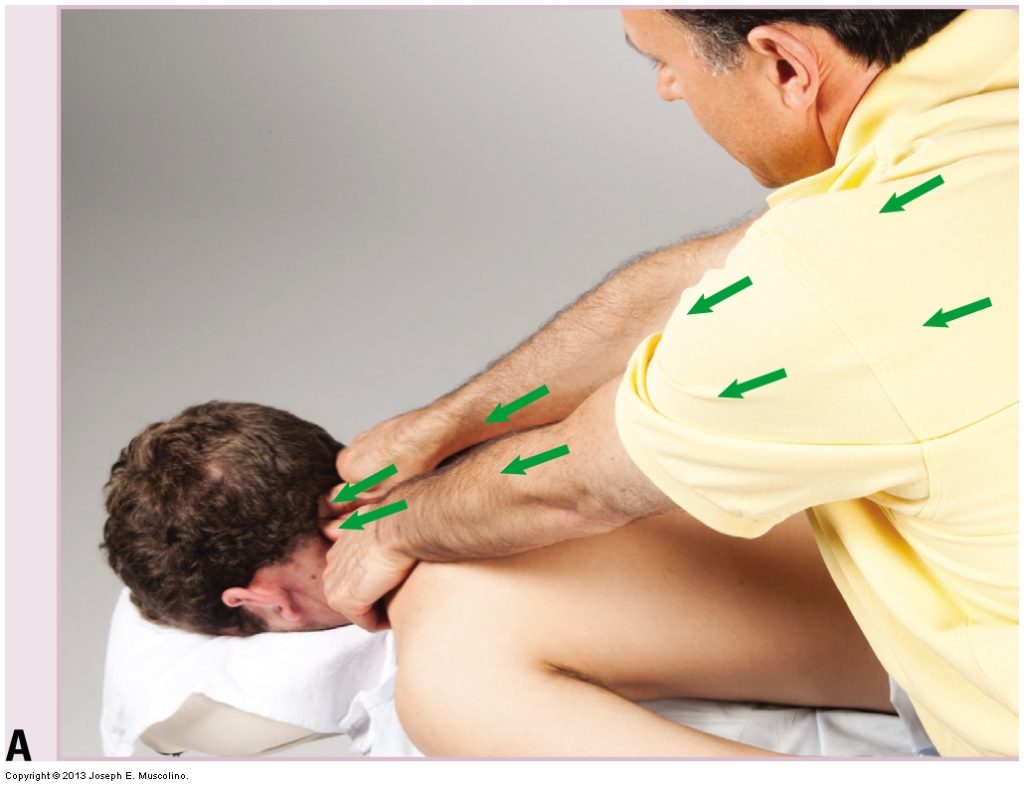
How to have a Successful Practice…
- There is an old saying in the world of health that the best way to increase business is to “take care of the patients you have.” If we do well by our current patient base, they will refer in others and our practice will build and become more successful. This is certainly true. And earning an advanced Manual Therapy Certification is one way to work toward that goal. By learning new manual therapy skills, you will be better equipped to help your current patients. I believe very strongly that this is the first and most important way to build your practice. But it can be slow…
- Beyond being the best DC you can be, unfortunately it is also necessary in this world to market yourself to the public. After all, how do they know how wonderful you are unless you let them know that you are out there? You have many choices to reach out to the public, including print, on-line, meeting people in person, etc., but once you reach out to them, what will your credentials say about you?
- Having an advanced Manual Therapy Certification credential tells your potential patients that you are not only more skilled, but that you are also motivated to learn and advance your abilities to better help them.
What Type of Manual Therapy Certification Should I Earn?
- There are many choices when it comes to earning a CE Manual Therapy Certification. Each one requires time, effort, and money, so you should choose wisely.
- Some of your choices revolve around the content of the skillset area: Should it be on assessment or treatment? Should it be on energy work or orthopedic work? Do you want to study on-line or live in-person? Do you want a short certification or a more intensive long one? Do you want to learn a “proprietary technique” that is based on one person’s view on how things should be done or would you prefer studying a more open and expansive approach that might include many viewpoints and philosophies?
- Ultimately these are decisions that you must make based on your style of practice, your desires, and your ability to devote your resources.
- But whatever your choice, make sure that the person or organization that stands behind your Certification has not only excellent content, but also integrity and respect.
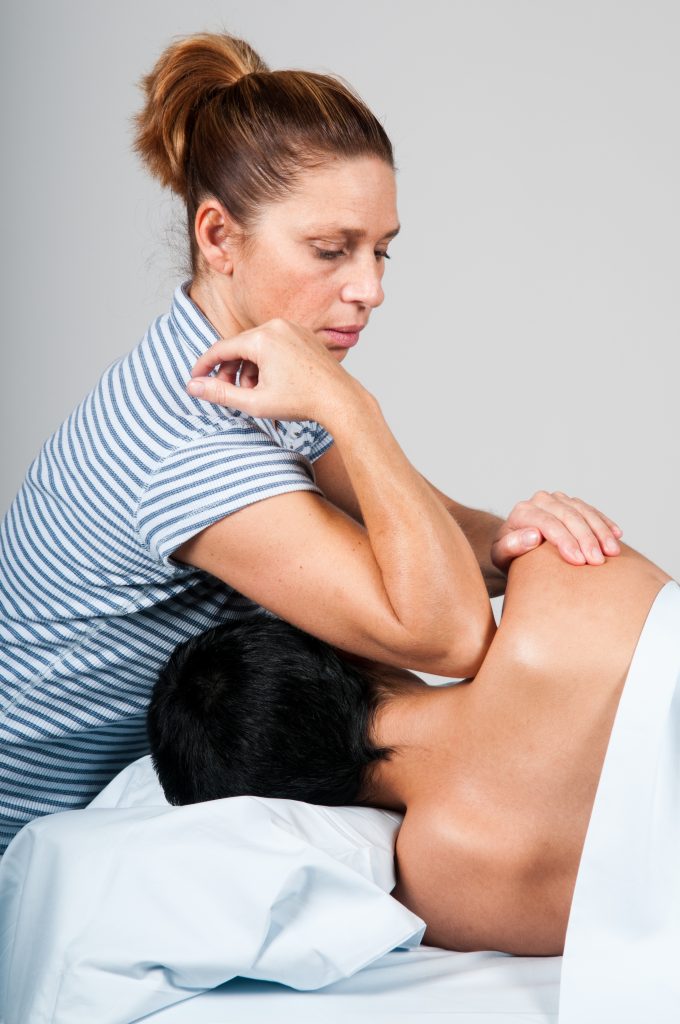
Why a Clinical Orthopedic Manual Therapy Certification?
- The principal demographic of patients that seek out chiropractic care are patients with orthopedic conditions, in other words, musculoskeletal (perhaps a better term would be neuro-myo-fascio-skeletal) pathologic conditions.
- For this reason, the best focus for a Manual Therapy Certification for a DC would likely be one oriented toward clinical orthopedic work.
- Here in lies the tremendous value in attaining an advanced Certification in Clinical Orthopedic Manual Therapy (COMT)!
What are the Technique Skillsets taught in a Clinical Orthopedic Manual Therapy (COMT) Certification?
- Orthopedic assessment
- Muscle palpation assessment
- Postural and movement assessment
- Soft tissue manipulation (massage) treatment
- Stretching techniques, including pin and stretch and advanced neural inhibition stretching techniques:
- Proprioceptive neuromuscular facilitation (PNF) aka Contract Relax (CR) aka Post-Isometric Relaxation (PIR)
- Agonist Contract (AC)
- Grade IV Joint Mobilization (sometimes referred to as arthrofascial stretching)
- Patient communication and treatment planning and strategy
- And most importantly, how to critically think and reason!
- Of these skills, likely the most valuable ones for a DC would be the muscle palpation assessment, the soft tissue manipulation treatment, the stretching, and Grade IV joint mobilization techniques; and especially the critical reasoning skills, which are important to reinforce for all professions.
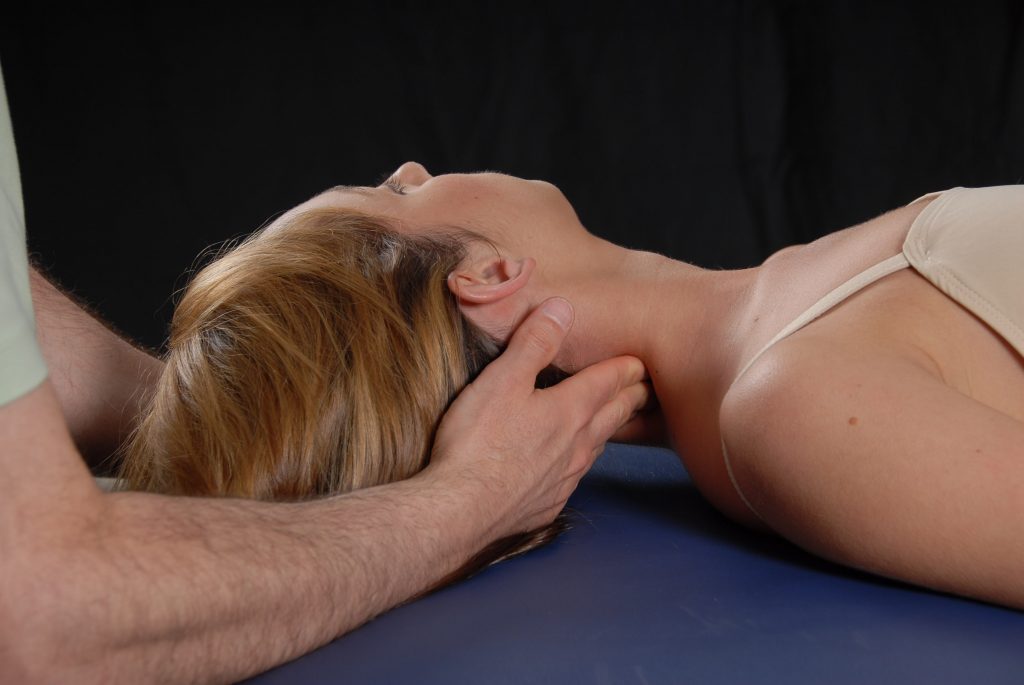
Philosophy of Clinical Orthopedic Manual Therapy Certification
- What is most important in any Clinical Orthopedic Manual Therapy Certification program is marrying together the underlying science with the hands-on manual therapy skills. This allows the physicians to understand and critically think so that they can creatively apply their manual therapy assessment and treatment techniques.
GOOD HANDS + GOOD MIND = GREAT PHYSICIAN!
— “Hands-On with Brains-on” — ☺
- Unfortunately, many training programs tend to teach via cookbook recipes, which shuts down the brain and leaves the physician helpless when the patient’s presentation and response do not follow textbook recipes.
- For this reason, it is important to do your homework and find an excellent Manual Therapy Certification program.
Choices for Clinical Orthopedic Manual Therapy Certification programs
- Following are some well-known individuals and organizations that offer Clinical Orthopedic Manual Therapy Certifications.
- (Note: Many other fine certifications exist. I have simply listed a few with which I am familiar that are excellent.)
- Art and Science of Kinesiology’s Clinical Orthopedic Manual Therapy (COMT) Certifications. There are two Introductory Level 1 Certifications and one Advanced Level 2 Certification.
- (Level 1) COMT Intensive Certification, which organizes the work throughout the body by region
- (Level 1) COMT Intensive Skillset Certification, which organizes the work by skillset
- (Level 2) COMT Master Class Certification
- Digital COMT is a video streaming subscription service that covers all manual and movement therapy techniques.
- Full disclosure: The Art and Science of Kinesiology is my (Joseph E. Muscolino’s) organization. Click here for more information about The Art and Science of Kinesiology.
- Tom Myers’ KMI Training
- Whitney Lowe’s Academy of Clinical Massage
- Erik Dalton’s Myoskeletal Technique


